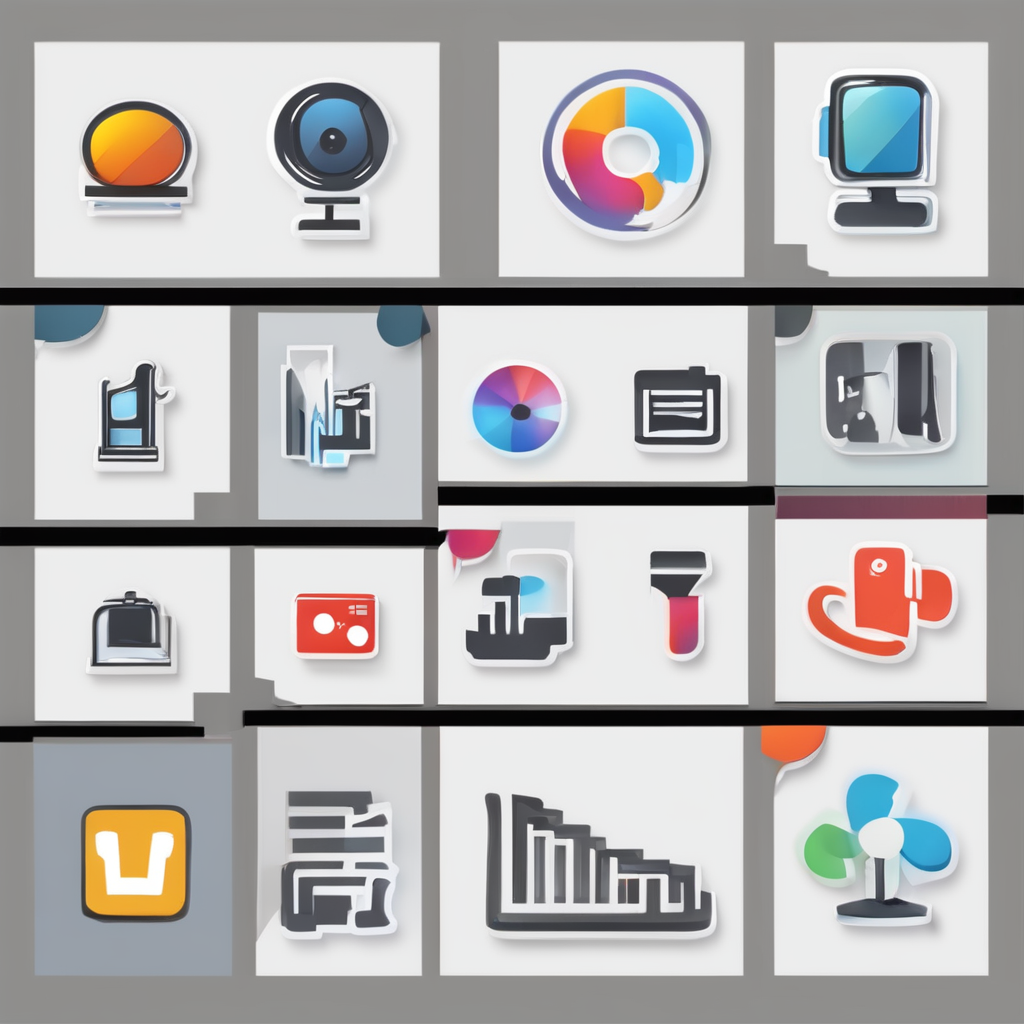Major Eras in the Evolution of UK Women’s Fashion
The UK women’s fashion history reflects a rich tapestry of cultural shifts and artistic expression. The Victorian and Edwardian eras heavily influenced early women’s clothing with structured silhouettes, corsetry, and lavish fabrics that symbolized social status. These periods celebrated elaborate detailing, modesty, and intricate craftsmanship, setting a foundation for British elegance.
Transitioning into the 1920s, the flapper era introduced a dramatic transformation in British fashion evolution. Women embraced looser, shorter dresses, dropping corsets in favor of comfort and freedom of movement. This shift coincided with changing social roles post-war, allowing fashion to become a form of rebellion and self-expression.
Also read : How Can UK Women’s Fashion Innovate Amidst Climate Change?
The swinging sixties heralded bold experimentation, mirrored in miniskirts and psychedelia. The punk movement later disrupted mainstream fashion with edgy aesthetics, challenging conventional norms. Today’s contemporary decades combine these influences, embodying diversity and innovation within women’s fashion eras. This vibrant evolution highlights how UK women’s fashion history continually adapts to new ideas and social progress, making it a captivating study of style and culture.
Iconic Styles and Cultural Influences
British fashion boasts several iconic British fashion styles that have left a lasting mark worldwide. The signature designs of tweed, mod, punk, and power dressing exemplify the diverse fashion subcultures UK has birthed. Tweed, associated with both countryside elegance and urban sophistication, remains a timeless classic. The mod style, characterized by sharp, tailored suits and bold patterns, emerged in the 1960s, redefining youth fashion.
In the same genre : What New Fashion Trends Are Emerging for UK Women in the Coming Season?
The punk movement, with its rebellious spirit and DIY aesthetic, challenged norms and gave birth to a gritty, confrontational style. Power dressing, popularized in the 1980s, symbolized women’s growing presence in the corporate world through structured suits and bold shoulders. Influential designers such as Alexander McQueen and Vivienne Westwood have been key in shaping these styles, blending history with innovation.
British royalty and cultural icons, including the Queen and Princess Diana, have significantly influenced trends. Their fashion choices often sparked global fascination, adding layers to the UK’s style narrative. Globalisation and media have further amplified British women’s fashion, facilitating the fusion of traditional aesthetics with contemporary trends, keeping styles fresh and relevant in today’s market.
Key Developments Informing Modern Trends
The legacy of British fashion plays a crucial role in shaping modern UK fashion trends. Designers today often draw on classic British styles, such as tailored cuts and iconic patterns, and reinterpret them with contemporary twists. This fusion keeps traditional aesthetics alive while meeting the needs of today’s consumer.
A notable development is the re-emergence of vintage silhouettes. These shapes, popular in past decades, have been updated using sustainable fabrics, aligning fashion with growing environmental awareness. This shift not only honors historical styles but also responds to the demand for ethical clothing.
Changes in social attitudes are equally influential. Contemporary women’s fashion today reflects broader ideas of individuality and empowerment, moving away from rigid norms. Women now have more freedom to experiment with styles, blending heritage design elements with personal expression.
In summary, modern UK fashion trends are deeply rooted in the past yet are evolving rapidly. By embracing vintage influences, sustainable materials, and progressive social values, today’s styles capture a dynamic balance between tradition and innovation.
Connecting Past to Present: Examples and Analysis
Exploring the fashion timeline UK reveals a fascinating dialogue between eras. Designers often draw on past to present fashion UK influences to create fresh yet familiar styles. For example, contemporary British designers revive Victorian lace and Edwardian tailoring, blending them with modern cuts and fabrics. This fusion honors heritage while appealing to today’s aesthetic.
Visualizing the fashion timeline UK helps trace how iconic motifs—like tartan patterns or the classic trench coat—have evolved but remain staples. These elements persist because they resonate with British identity, showing that history and current trends are deeply intertwined.
The enduring British motifs in the modern wardrobe reflect more than style; they tell a story of cultural continuity. From punk’s rebellious spirit influencing streetwear to royal fashion inspiring elegance, these legacies shape contemporary influences extensively.
By understanding these connections, fashion enthusiasts can appreciate how the past is never truly past—instead, it actively informs today’s creativity, enriching the UK’s fashion landscape with depth and authenticity.

